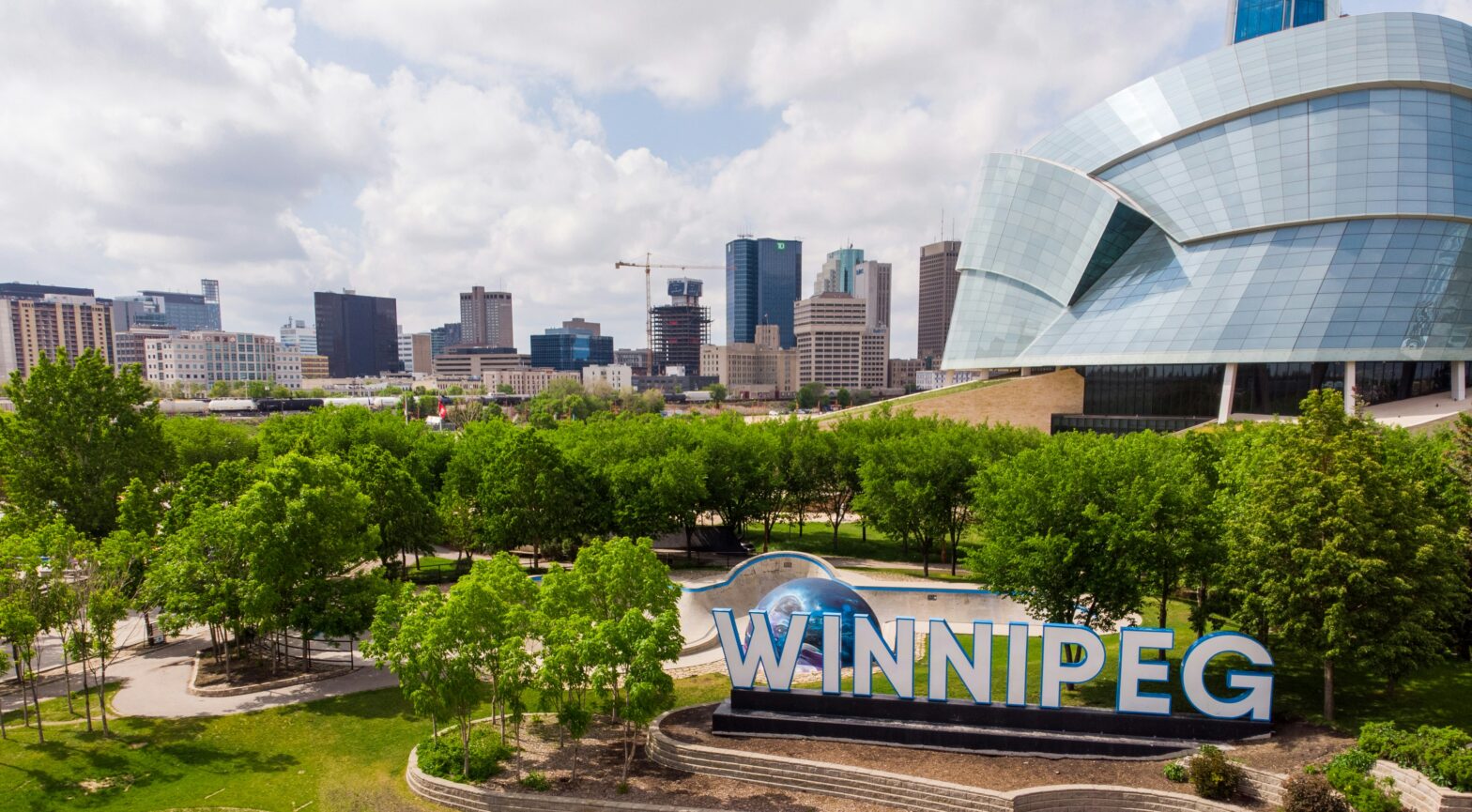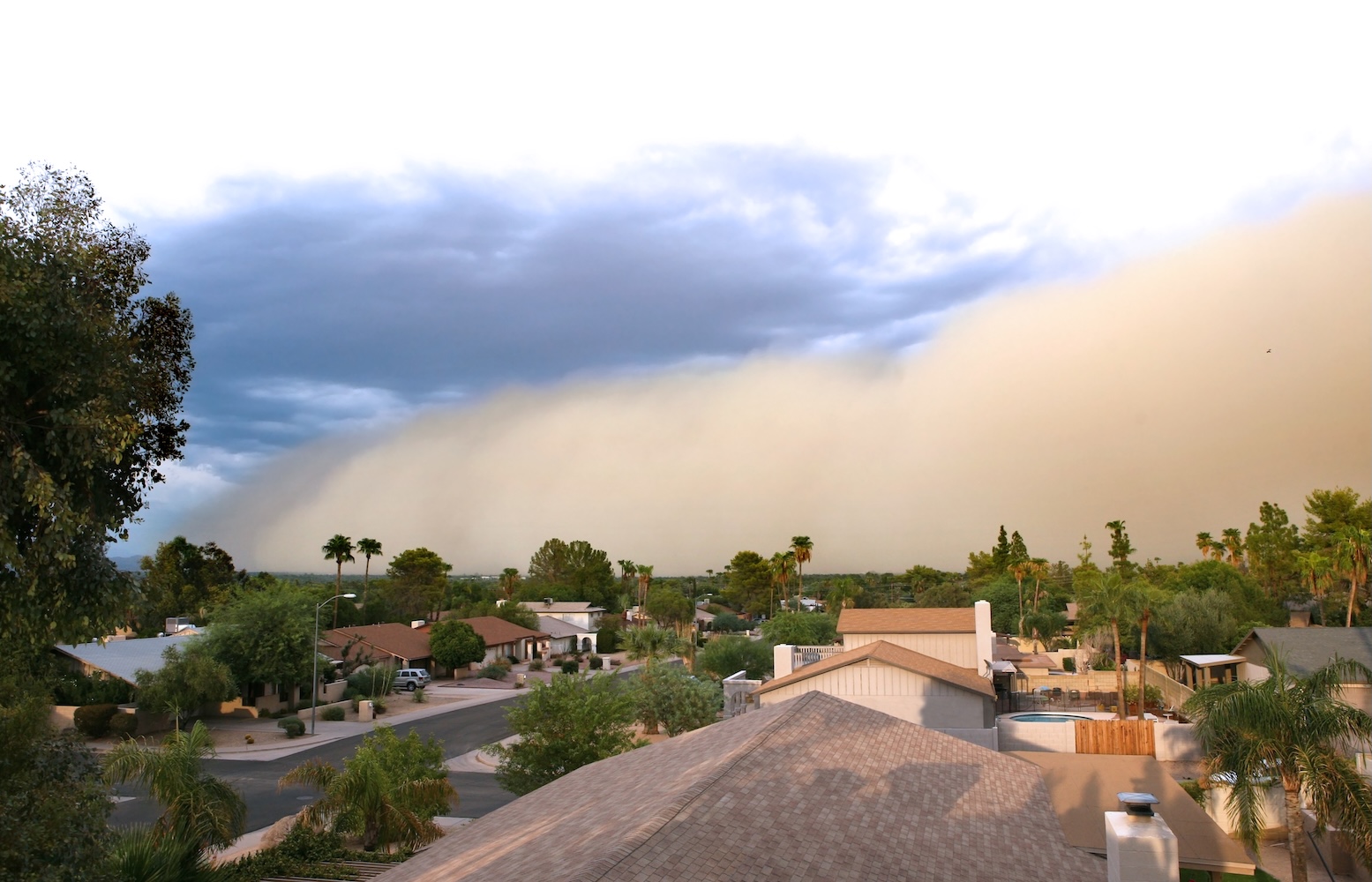The ‘micro trip’ trend is making a return. These bite-sized adventures, typically lasting 24 to 72 hours, are gaining popularity among travelers seeking to satisfy their travel cravings without breaking the bank or exhausting their vacation days. A recent TikTok video by user @_taytertott_ has reignited interest in this travel style, showcasing how even brief getaways can be deeply fulfilling.
A recent Club Wyndham survey reveals that 17% of travelers are planning microcations (trips that are four days or less) in 2025. This trend aligns with the growing desire for flexible, budget-friendly travel options that don’t require extensive planning or time off work.
Embracing The Micro Trip Mindset
The key to a successful micro trip lies in adopting the right mindset. It’s about quality over quantity, focusing on experiences rather than ticking off a long list of destinations. Embrace the idea that you can have a meaningful adventure in just a few days. This shift in perspective is crucial for enjoying micro trips to their fullest potential. Instead of lamenting the brevity of your journey, celebrate the opportunity to break free from routine, even if just for a short while.
Approach your micro trip enthusiastically and open-mindedly, ready to immerse yourself in new experiences. Remember, it’s not about how long you’re away but how you use your time. As one TikTok commenter aptly said, “A trip is a trip ain’t no microtrip, let’s go!”
Strategic Planning Is Crucial
When you have limited time, every moment counts. Research your destination thoroughly before departure. Identify must-see attractions, local hotspots, and hidden gems. Create a flexible itinerary that allows for spontaneity while ensuring you don’t miss out on key experiences. Start by listing your top priorities for the trip – visiting a famous landmark, trying a specific restaurant, or engaging in a particular activity.
Then, map out these priorities geographically to optimize your route and minimize travel time between locations. Consider using travel planning apps or websites that can help you visualize your itinerary and make real-time adjustments. While planning, consider practical aspects like opening hours, potential queues at popular attractions, and transportation options.
Choose Your Destination Wisely
For micro trips, proximity is key. Look for destinations within a 3-5 hour travel radius, whether by car, train, or short flight. This approach maximizes your time at the destination. When selecting your micro trip destination, consider places that offer a concentrated dose of experiences aligned with your interests.
A big city might be perfect for culture enthusiasts and foodies, while a national park could be ideal for nature lovers and adventure seekers. Don’t overlook lesser-known destinations or nearby towns that might offer unique experiences without the crowds of more popular tourist spots.
Pack Light And Smart
Micro trips call for minimal luggage. Stick to a carry-on or backpack to avoid wasting time at baggage claim. Pack versatile clothing items that can be mixed and matched. Don’t forget essentials like chargers, medications, and a compact camera or smartphone for capturing memories. Packing for a micro trip is about being selective and efficient.
Start by checking the weather forecast for your destination and pack accordingly. Choose a color palette for your clothes to make mixing and matching easier. Opt for wrinkle-resistant fabrics to maintain a polished look without the need for ironing. Consider packing items that serve multiple purposes such as a sarong which can be used as a beach cover-up, a picnic blanket, or even a makeshift bag.
Stay Central
Choose accommodations in a central location to minimize travel time within your destination. This strategy allows you to hit the ground running and make the most of your limited time. Many micro-trippers find that staying in the heart of the action enhances their overall experience. When selecting your accommodation for a micro trip, prioritize location over luxury.
A centrally located hotel or vacation rental might cost a bit more, but the time and transportation costs you save can make it worthwhile. Research your destination’s main areas of interest and look for accommodations nearby. In a city, this might mean staying in the historic center or a neighborhood known for its restaurants and nightlife. For a beach getaway, opt for a beachfront or one within easy walking distance to the shore. Consider the proximity to public transportation hubs, which can be crucial for efficiently exploring further afield.
Embrace Off-Peak Travel
Consider traveling during shoulder seasons or weekdays. You’ll likely encounter fewer crowds and potentially score better deals on accommodations and attractions. This approach aligns with the survey results from Club Wyndham, which found that 17% of travelers are interested in off-season travel for 2025. Off-peak travel can significantly enhance your micro-trip experience in several ways.
Reduced crowds mean less time spent waiting in lines and more time enjoying attractions. You’re also more likely to get reservations at popular restaurants and have a more relaxed experience at museums and historical sites. Plus, accommodation prices are often lower during off-peak times, which could allow you to stay in a more central location or upgrade your lodging within the same budget.





